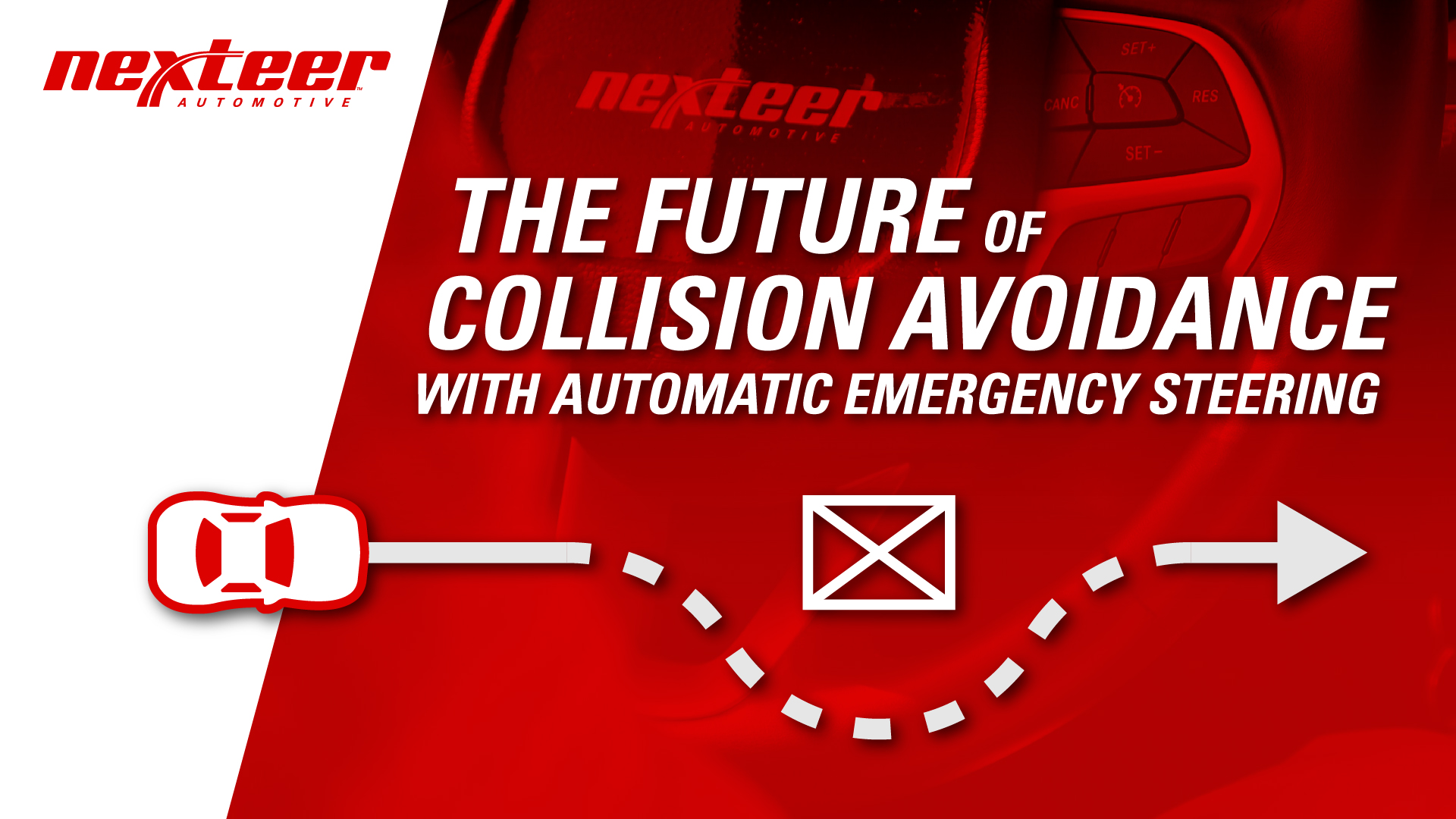The Future of Collision Avoidance with Automatic Emergency Steering
March 31, 2021

Distracted driving has become a major safety threat for drivers and passengers on today’s roadways. One study found that nearly 80% of crashes involved driver inattention in the three seconds right before the crash.
One developing Advanced Driver Assistance System (ADAS) technology that can help mitigate the negative effects of distracted driving is Automatic Emergency Steering (AES). AES can reduce the probability or severity of many types of collisions – including small overlap collisions at higher vehicle speeds. According to one source, frontal collisions with a small overlap account for about 15 percent of all car accidents and 25 percent of all car accidents involving a frontal collision. As a result, a vehicle equipped with AES would significantly improve safety on the road.
Initial implementations of AES, available in the market today, are driver initiated: the vehicle helps a driver avoid a collision when the vehicle detects that the driver has not reacted sufficiently to avoid an obstacle. However, in the future, more advanced implementations will be fully automatic and intervene with no driver input. Both versions can help keep drivers, passengers and vulnerable road users safe.
As an example of fully automatic emergency steering, imagine a family driving down a main city road at 40 mph while eating a fast-food meal. The driver drops a French fry and glances down for a split second to pick it up. In that moment when the driver’s eyes are off the road, another distracted driver in a vehicle traveling in the opposite direction crosses the road’s dividing line and moves into the on-coming traffic’s lane. When our driver looks up, it’s too late to avoid the oncoming vehicle and the two vehicles crash head-on.
Now, reimagine the situation with help from fully automatic emergency steering. The vehicle automatically detects the oncoming vehicle and makes a brief, quick maneuver to avoid it, without any input from the distracted driver. AES helps avoid the collision – thus keeping both vehicles’ drivers and passengers safe.
SbW: Preferred AES Enabler for Confident & Secure Collision Avoidance
Nexteer’s Steer-by-Wire (SbW) enables new levels of advanced safety and performance in both traditional driving and varying levels of Automated Driving (AD). SbW replaces the mechanical steering connection between the roadwheels and handwheel with algorithms, electronics and actuators.
Compared to traditional Electric Power Steering systems, SbW is a preferred enabler of AES technology because the road wheels can act independently from the steering wheel – safely allowing for higher steering angles and enhancing the driver’s experience during a collision avoidance event.
With our advanced steering software, SbW seamlessly manages or eliminates steering wheel rotation during AES maneuvers bringing added confidence, security and comfort to the driver. The result is a more graceful and intuitive steering transition before, during, and after an AES collision avoidance event, especially if the vehicle needs to make large, rapid movements to avoid an obstacle.
The Roadmap to Adoption of Fully Automatic Emergency Steering
The technology required to implement fully automatic emergency steering is already being implemented in a variety of other ADAS features such as automatic emergency braking, lane keeping, blind-zone detection and more – so it may not be long before it is available in new vehicles.
As outlined in the European New Car Assessment Programme (EuroNCAP) 2025 Road Map (published in September 2017), AES is a potential factor in future safety ratings, and AES implementation milestones are noted for mid-2020s.
As a global steering leader, Nexteer’s SbW and advanced software expertise will continue to help OEMs deliver advanced safety and performance when drivers need it most.





